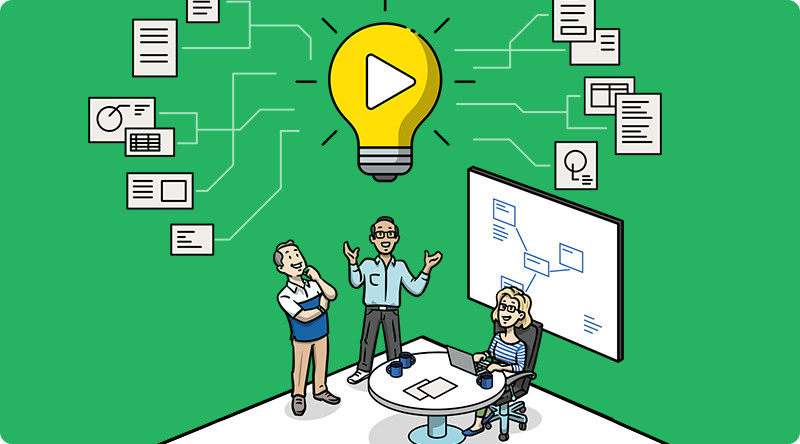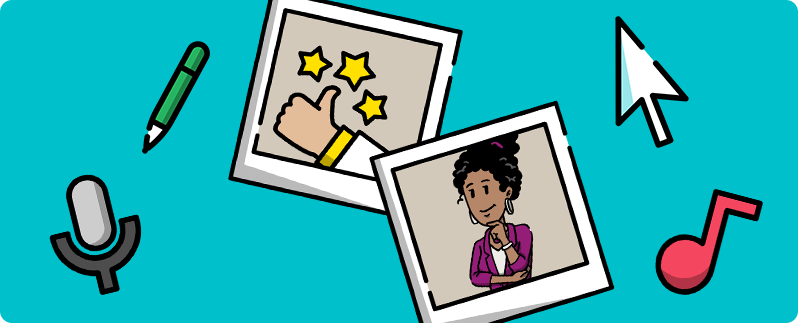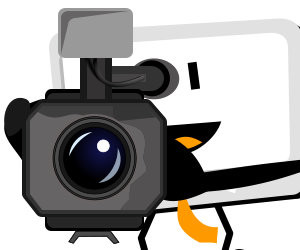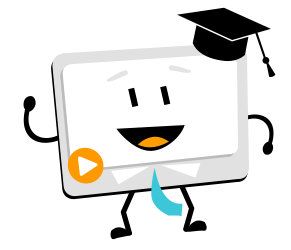Planning video projects
The first time I attempted to have my students create videos in 2005, it did not go well. My idea was to have my students create short videos about the countries they were studying as part of a series of lessons about Africa. On the surface, it seemed easy enough. Planning a video and its content requires students to research and explain a topic in a simple matter . Students become experts and thus required to use interdisciplinary knowledge. My students had access to computers in my classroom and I thought, ‘how long can it take to make a five minute video?’ That was my first mistake. It turns out that five minutes is a long video for ninth grade students. Furthermore, the ideal time for a video is no longer than three minutes if you want to keep your audience listening. My second mistake was not insisting that my students take time to outline their projects before using any video creation tools. Eventually, my students did produce videos. But since that first video project, I began giving students a planning template to use before beginning a video project.
Planning Video Projects
According to Kaltura‘s report, now more than 86% of teachers use video in their lesson, highlighting an emphasis on good instructions to get a good outcome. The aim is for students to learn to produce videos independently with enough guidance. To learn more about how to help students work independently, check out one of my previous blog entries. Here’s an abbreviated version of what that template contains.
Purpose:
Use no more than five sentences to describe the purpose of your video. Should people learn something from your video? If so, please state what they should learn from watching your video. Will your video prove that you understand a process or concept? If so, please name that process or concept. Implicitly you tackle various skills including, identifying the key message.
Outline your video:
Identify the introduction, central point, and conclusion to your video. If you are going to add narration to your video, write a short script that you can read while recording. The students may use different subject knowledge to create their video including their knowledge of a story and its structure.
Media elements:
What type of media will be included in your video? Examples: pictures, drawings, music, spoken words, live action, animation. Please remember to use media that you own, is in the public domain, or has a Creative Commons license. Please cite the source of any Creative Commons media that you use.
All three parts of this template are also found in mysimpleshow’s video creation platform. In fact, the reason that I share mysimpleshow with so many teachers today is because the platform forces students to craft an outline before they can start editing images and sounds. In other words, mysimpleshow videos put the emphasis on crafting good stories. Try it, you’ll like it.
About the Author
Richard Byrne is a former high school social studies teacher best known for developing the award-winning blog Free Technology for Teachers. He has been invited to speak at events on six continents and would gladly speak in Antarctica too. Richard’s work is focused on sharing free resources that educators can use to enhance their students’ learning experiences.




